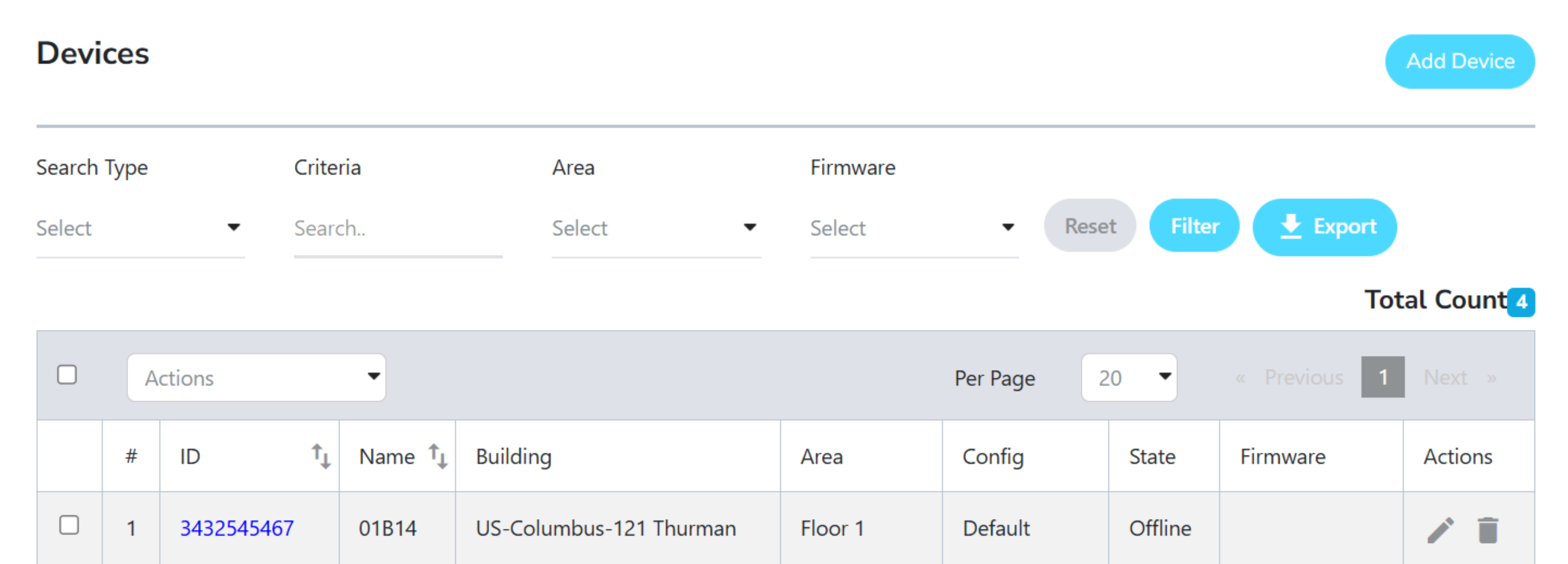1. Prepare FMS:Employee
The purpose of this section is to detail the steps required to prepare FMS:Employee to allow the Embrava DMS to connect and display Desk availability on the Embrava Desk Sign.
Two steps are required to prepare FMS:Employee for a connection with the Embrava DMS:
1.
Create Service Account: Which the Embrava DMS will use to authenticate against your FMS:Employee instance when synchronizing Desk reservations.
2.
Gather Service URL: This is the FMS:Employee API Endpoint the Embrava DMS will use to send and receive Desk reservations.
These steps are detailed further below:
Create Service Account
For the Embrava DMS to authenticate against your FMS:Employee instance, the Embrava DMS requires you to create a unique FMS:Employee Service Account.
Follow the steps below to gather your FMS:Employee Account ID:
1.
Contact your FMS:Employee Account Manager to have them provide you the Username and Password of the Service Account to be used by your Embrava DMS instance.
Gather Service URL
To allow your Embrava DMS to send and receive reservation information to your FMS:Employee instance, the Embrava DMS needs a Service URL.
Follow the steps to gather your unique Service URL:
1.
Contact your FMS:Employee Account Manager to have them provide you the Service URL to be used my your Embrava DMS instance.
a. The Service URL should be in format: https://xxxxx.resourcescheduler.net/
This completes the FMS:Employee preparation steps. You are now ready to connect your Embrava DMS to your FMS:Employee instance.


.svg)



.svg)
.svg)


.svg)


.avif)

.avif)


